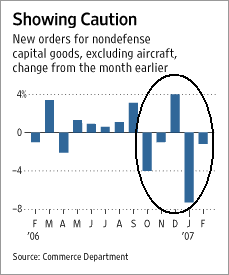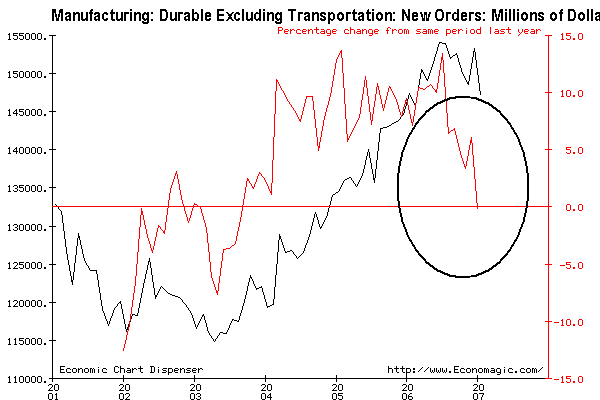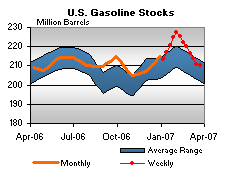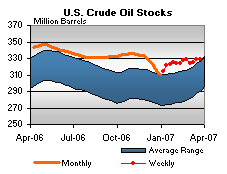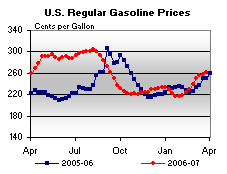Israel had finally given its conditional assent to the Arab peace initiative launched in Beirut in 2002. Ahead of his meeting with Palestinian President Abbas on 11 March, Israel's Prime Minister Olmert said that he "approved of regional negotiations on the basis of the Arab peace initiative," noting that Israel was willing to respond to that initiative, especially the positive aspects it contained. The Israeli foreign minister then advised Arab countries not to wait for peace to normalise relations with Israel, but to act sooner. Meanwhile, reports indicated that Israel demanded limited amendments in the initiative, especially with regard to the matters of borders and refugees. During her tour of the region, Condoleezza Rice hinted in the same direction.
It is hard to fathom this rapid change of heart on Israel's side. But we known that Israel, along with the US, are in the habit of engaging in such manoeuvres whenever an Arab summit is about to convene. The aim is always the same: to distract Arab leaders from the real issues at hand. In this case, Israel's aim was to prevent the summit from taking a strong anti-Israeli line. And America did the same, arranging for the Baghdad summit to be held on 10 March, a fortnight or so before the summit. The US wanted the Baghdad conference to launch a new regional policy that may bring about a solution to the Iraqi crisis. The conference, therefore, was timed to prevent the Arab summit from taking a hard-line stance on Iraq.
The Israeli move is nothing more than a diversion tactic. Israel's prime minister speaks of the "positive aspects" of the Arab initiative but his real aim is to speak of the aspects he wouldn't agree to. This is quite predictable, for Israel is unwilling to withdraw from the occupied territories and resolve the refugee problem. As for Livni's call for normalisation before talks, this is a non-starter. What Israel wants is for the Arabs to strip their initiative of content, to turn it into the "Tel Aviv initiative". Israel wants the Arabs to normalise their relations with Israel as a gesture of goodwill. Then and only then, it would engage in talks that may or may not lead to results.
Israel wants an Arab capitulation. It saw how the Arabs changed their position in the past and hopes for much the same again. Before 1967, the Arabs saw Israel as an imperialist state. After 1967, they accepted a two-state solution. Then the Arabs offered full normalisation to sweeten the deal. Now Israel wants more.
The Arab peace initiative is not a starting point for negotiations. Its wording is too clear to allow for further talks. The Arabs didn't fashion their initiative in ambiguous language that allows for give and take. Instead, they said exactly what they meant. The problem is that the initiative offers Israel not the least that the Arabs can accept, but the most they can do. This is what makes this initiative a poor starting point for negotiations. What more can the Arabs offer?
The Arabs should not alter their peace initiative. More importantly, they should admit that Israel is not in the mood to accept the Beirut initiative or even negotiate on its basis. All Israel wants is to disrupt the Riyadh summit. All it wants is for the Arabs to make more concessions. The Arabs should ignore what Israel is saying about amending the initiative. The Arabs should tilt the balance of power in their favour. The Arabs need to establish parity, not just with Israel, but also with all those who want to control their fate.
Al-Ahram Weekly Online

